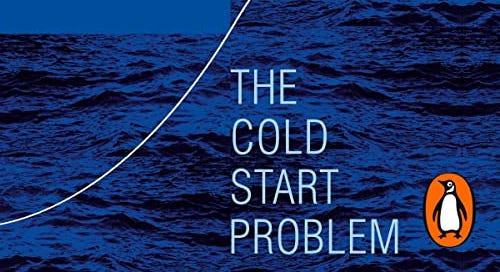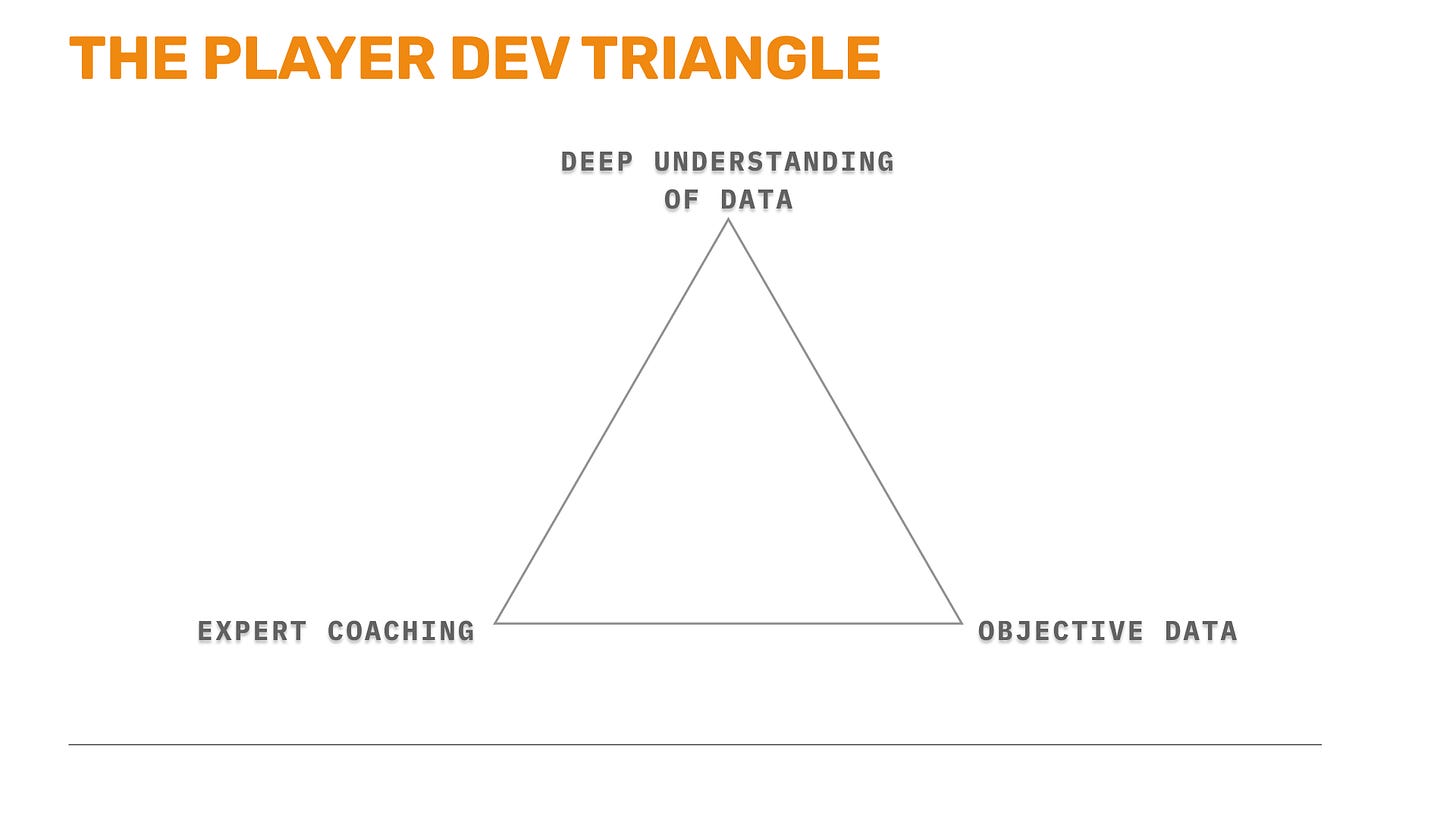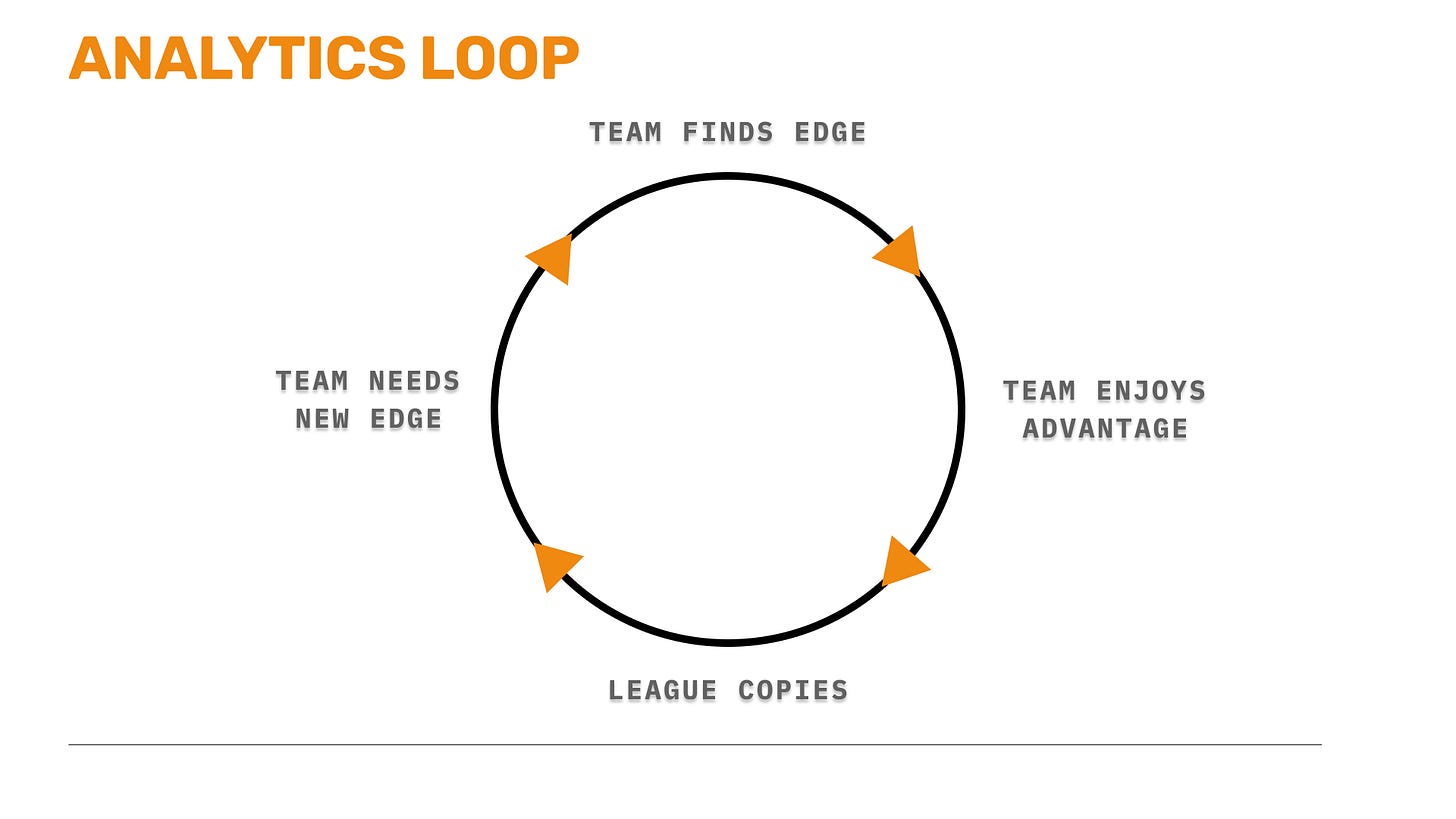Every other week I write an email discussing what I learn launching and growing Reboot Motion. If you would like to receive it directly in your inbox, subscribe below.
Every company is a network builder.
That is my takeaway from Andrew Chen’s The Cold Start Problem, which offers insights from some of the world’s best tech companies- Uber, AirBnB, LinkedIn, and more- on how to use network effects to drive growth.
Admittedly, Reboot Motion is quite different from the companies listed above.
Aside from those companies being larger, more established, and generally more successful, they are also two-sided networks.
Riders use Uber because that’s where the drivers are; guests come to AirBnB because that’s where the rentals are; and job seekers visit LinkedIn because that’s where the jobs are.
And, just as importantly, all of these things work in reverse.
We are different. We sell software to enterprise customers- specifically biomechanics software to baseball teams.
Any club could work with us tomorrow and get value- no network needed.
However, Chen is clear that network effects work beyond two sided marketplaces and tech unicorns. Rather, networks are everywhere.
Nike enjoys network effects due to the power of the swoosh.
Starbucks possesses them by customers knowing exactly what to expect at any location.
And college and pro sports teams benefit from them as a measure of community. (Imagine life as the only fan of your favorite team.)
This revelation makes the Cold Start Problem not just a book for VCs or aspiring product mangers, but rather a how-to guide on using networks to create better products and more engaged customers in any situation.
For Reboot Motion specifically, we can use the map Chen provides as we build two distinct network types:
Private networks are what we build when we partner with an MLB organization. We provide services that help coaches, scouts, AGMs, biomechanists, and data scientists. And we serve each of those parties best when we serve their co-workers as well.
Public networks are what we will build as we move beyond MLB. Whether we’re working with colleges, helping private academies, or enabling other sports tech, momentum based biomechanics becomes more impactful as more coaches know how to use it.
For this post, I will focus on private networks within our MLB business. This is where we have product market fit and are looking to become the dominant player in the space.
I will follow up with another post on how we will use public networks as we expand beyond MLB.
In both, I will use Chen’s 6 steps for growing a network.
The Cold Start Problem: MLB
Step 1: Killer Product
Networks are amplifiers- but they only help if you amplify something people actually want.
In pro baseball, we found product market fit by pioneering Biomechanics as a Service. We provide skeletal data for biomechanists, processed data for data scientists, and optimization and comparison reports for coaches.
While each deliverable works on its own, we know our impact grows as each group within an organization views player development through the same lens.
And that is why we have to work to grow the network…
Step 2: The Atomic Network
At the surface, each MLB team is a singular network.
However, when digging deeper, teams are likely made up of many smaller networks. The coaching staff may be its own network. As may be the R&D team, minor league affiliates, and more.
It is our job to put ourselves at the center of the smaller networks within a team. Specifically, our focus will be on 1) coaches and 2) R&D.
In order to do this well, we encourage every partner club to set up a slack integration with us. We funnel as much as possible through this one channel- providing content, takeaways, ideas, tips, and real time support.
In addition, we have regular calls with most of our partners- and normally look for different audiences to discuss 1) pitching reports 2) hitting reports and 3) back end integration with our pipeline.
Our goal is not to jump start innovation for the entire organization at once, but rather to do so individually for 1) pitching coaches 2) hitting coaches and 3) the R&D team.
Step 3: The Tipping Point
Early on, we provide a lot of content and education. But over time, as engagement grows, we hope to do less of the talking as coaches, data scientists, and biomechanists collaborate in real time.
Real success occurs when our data and reports are discussed outside of our shared slack channels, as that is the sign of a fully aligned organization innovating on top of the Reboot platform.
That is our tipping point- when teams hit all three points of the player development triangle:
And when they maintain a constant edge over their opponents:
Step 4: Escape Velocity
For public networks, this step is about scale.
However, within our private networks, we can use the same strategy to increase usage, drive retention, and maximize partner happiness.
Chen describes escape velocity as positive network effects taking over. Specifically, he highlights three distinct ways this happens:
Engagement effect- this is the idea that the more the network grows, the more value is created for consumers.
For Reboot, this means ensuring the product gets better for everyone every time someone 1) joins the network or 2) increases their usage.
One way we are doing this is by building new on-ramps to the Reboot platform. For example, in 2022 we delivered our own single camera motion capture technology, enabling scouts and minor league affiliates to capture the same insights as the pro club.
Not only does this onboard more people, but it also improves the experience for major league coaches, data scientists, and biomechanists, as they gain deeper insight into the entire organization.Acquisition effect- this is the idea that getting someone new to join the network gets easier and easier over time.
Within an organization, this should happen naturally. While we may rely on a few power users early on, as tools are built on top of our platform, and training decisions are made based on our reports, we expect more and more people to poke around, and eventually hop on board.Economic effect- this is the idea that companies can achieve superior results as they scale.
We think about this advantage a little differently- and view it as an innovation effect. The more we talk with top coaches, and the more movements we analyze, the faster we can innovate. Early examples include research into 1) measuring what matters and 2) quantifying deception.
Step 5: The Ceiling
The ceiling is what happens after scale, when growth becomes harder, and the network becomes difficult to maintain.
While we are nowhere near a ceiling, there are early takeaways on how to prioritize for this ahead of time. (Hitting the ceiling is one of those “good problems”.)
In the Cold Start Problem, Chen notes tough decisions Uber, AirBnB, and similar companies had to make, knowing they could not make every customer happy with each decision.
In other words, a change that helps Uber’s riders may hinder their drivers. Or, a benefit for their full time drivers may be a detriment to those who work part time.
Chen pointed out that, as tough as it may be, companies are best off focusing on their power users, as they are the ones that drive engagement, power the network, and ultimately determine the company’s success.
AirBnB, for example, has systematically employed this practice. Rather than building for everyone, they focused on their power users- making it easy for hosts with multiple properties to professionalize.
By prioritizing this group, they ensure a large selection of rentals and improve the network for everyone.
This is a lesson we should take today. Within an MLB team, our power users are position coaches and R&D teams. If we build for them, they will create value for everyone else through new innovations and superior decision making.
Step 6: The Moat
While our focus is on earlier steps, it is never too early to walk through some of the issues more established companies face, including how to strengthen a moat over time.
Today, we believe we have a strong moat in pro baseball. We are the only ones doing momentum based biomechanics, which we believe is far superior to the alternative.
We also have an analysis pipeline that works with any motion capture data- including raw video- and delivers information for biomechanists, data scientists, and coaches.
No one else does this.
Today, our tech is our moat.
However, it would be naïve to think this will always be the case.
The sports tech world knows the spoils will always go to those who best understand data…and the clear next phase of that will be leveraging How Data.
We expect competition and are already seeing it.
As we grow, we need to not only keep our moat- we need to deepen it. Specifically, we can do this in two ways:
Provide great value to our customers. Enterprise customers change when they see a reason to do so. If we build a product they love, and one that allows their team to do great work, the cost of switching will outweigh any benefit.
Stick to our R&D roots. We are a science company first. Our job is to innovate and deliver more ways for our partner organizations to leverage our research and bring it to the field.
Earlier, I referred to the analytics loop to describe how the best front offices maintain their edge- not by one magical insight, but by fostering a culture that brings about a series of micro advantages.The same holds true for us. Momentum based biomechanics will not be the silver bullet for our success. Rather, it is today’s advantage. We need be great a finding tomorrow’s.
The Takeaway
While we have product market fit in pro baseball, we are constantly looking to establish ourselves as the dominant player in the market. One of the key ways of doing so is being aware of how clubs operate, and ensuring our product is not just what is best for the organization, but what is best for the people inside of it.
That is where our focus is. Yes, we need to make life better for coaches, biomechanists, and data scientists.
But we also need to create an environment where they can make life better for each other.







